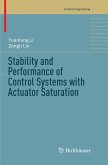
Broschiertes Buch
Softcover reprint of the original 1st ed. 2018
31. August 2018
Birkhäuser / Springer International Publishing / Springer, Berlin
978-3-319-87757-0
| Gebundenes Buch | 74,99 € | |
| eBook, PDF | 73,95 € |
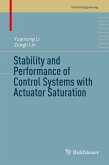
Gebundenes Buch
1st ed. 2018
14. Dezember 2017
Birkhäuser / Springer International Publishing / Springer, Berlin
978-3-319-64244-4
eBook, PDF
28. November 2017
Springer International Publishing
Broschiertes Buch
7th International Conference, ICCSIP 2022, Fuzhou, China, December 17-18, 2022, Revised Selected Papers
1st ed. 2023
24. Februar 2023
Springer / Springer Nature Singapore / Springer, Berlin
978-981-99-0616-1
| eBook, PDF | 81,95 € |
Ähnliche Artikel

Broschiertes Buch
Analysis and Design
Softcover reprint of the original 1st ed. 2001
24. Oktober 2012
Birkhäuser / Birkhäuser Boston / Springer, Berlin
80098736,978-1-4612-6661-7

Gebundenes Buch
Analysis and Design
2001
26. Juni 2001
Birkhäuser / Birkhäuser Boston / Springer, Basel
978-0-8176-4219-8

Gebundenes Buch
An Analytical Approach
1st ed. 2019
14. Januar 2019
Birkhäuser / Springer International Publishing / Springer, Berlin
978-3-030-03788-8
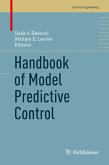
Gebundenes Buch
1st ed. 2019
12. September 2018
Birkhäuser / Springer, Berlin
978-3-319-77488-6
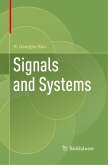
Broschiertes Buch
Softcover reprint of the original 1st ed. 2018
24. Januar 2019
Birkhäuser / Springer International Publishing / Springer, Berlin
978-3-030-09846-9
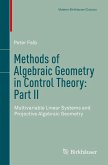
Broschiertes Buch
Multivariable Linear Systems and Projective Algebraic Geometry
1st ed. 2018
2. Oktober 2018
Birkhäuser / Springer International Publishing / Springer, Berlin
978-3-319-96573-4
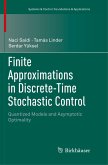
Broschiertes Buch
Quantized Models and Asymptotic Optimality
Softcover reprint of the original 1st ed. 2018
10. Januar 2019
Birkhäuser / Springer International Publishing / Springer, Berlin
978-3-030-07710-5
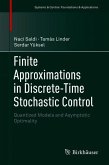
Gebundenes Buch
Quantized Models and Asymptotic Optimality
1st ed. 2018
24. Mai 2018
Birkhäuser / Springer International Publishing / Springer, Berlin
978-3-319-79032-9

Broschiertes Buch
Softcover reprint of the original 1st ed. 2000
30. Oktober 2012
Springer, Basel / Springer, Berlin
80102959

Gebundenes Buch
2000.
23. März 2000
Birkhäuser / Birkhäuser Boston / Springer, Basel
978-0-8176-4141-2
Ähnlichkeitssuche: Fact®Finder von OMIKRON
